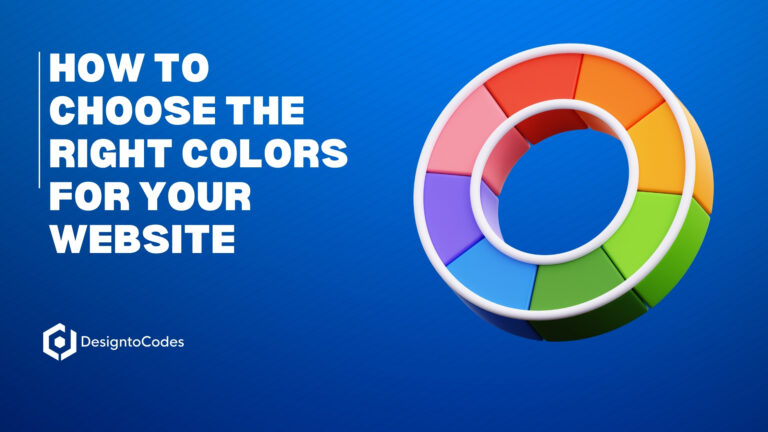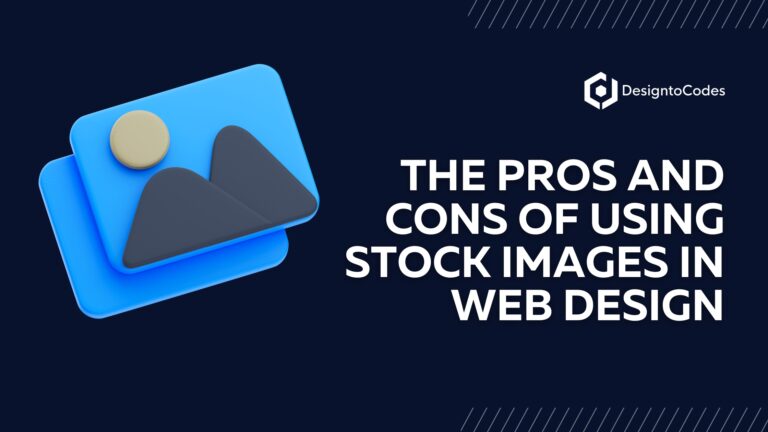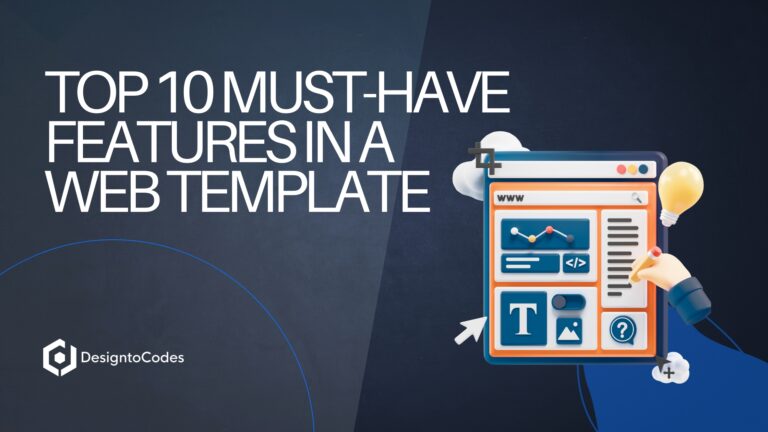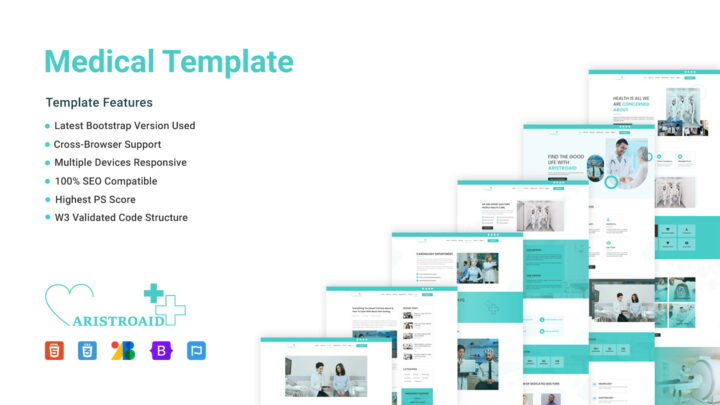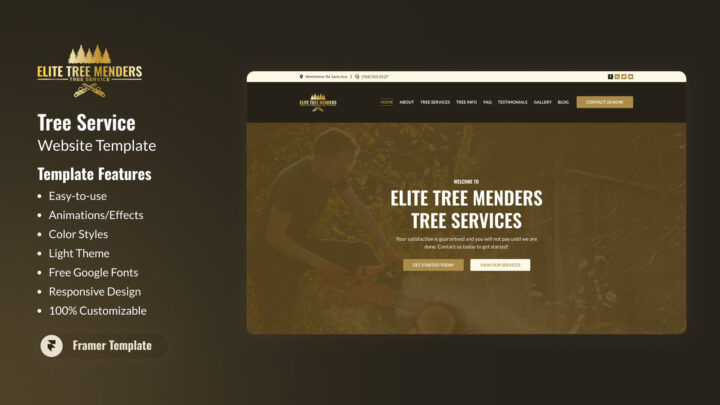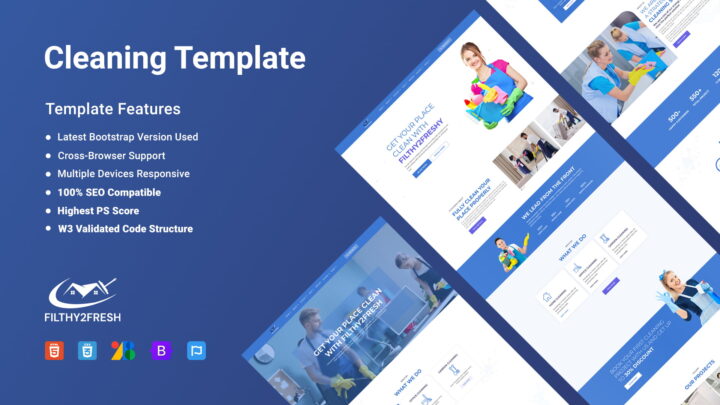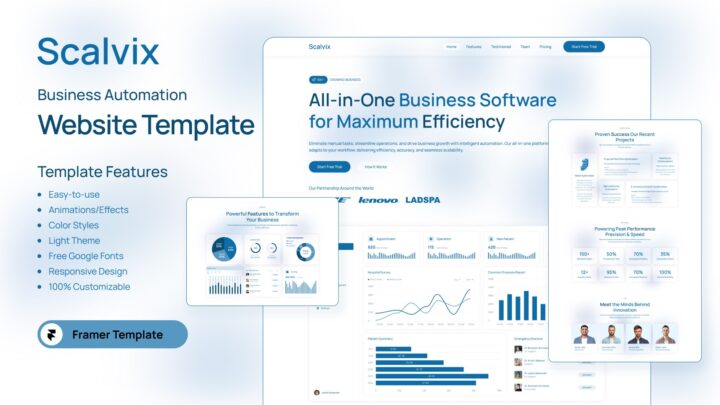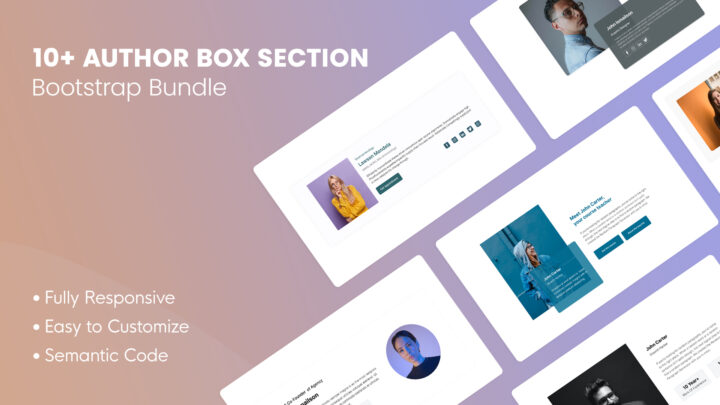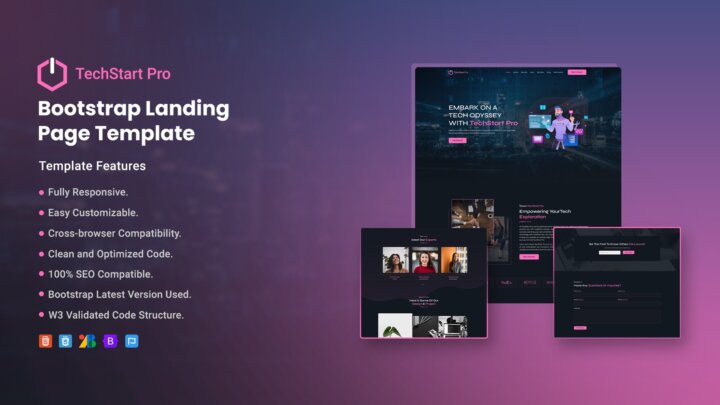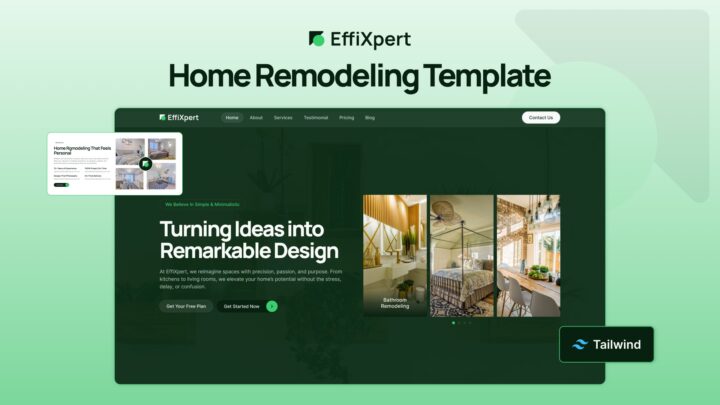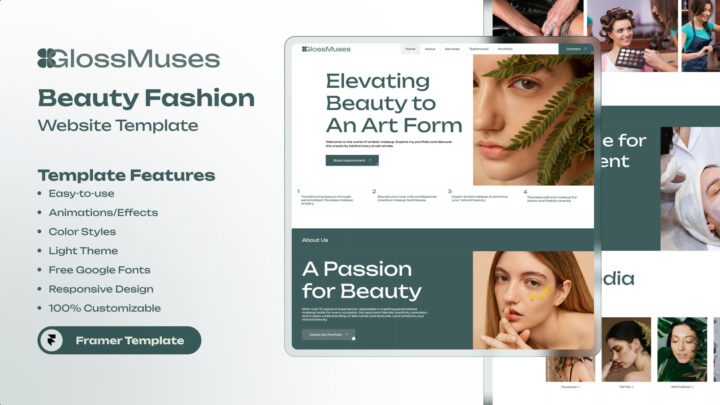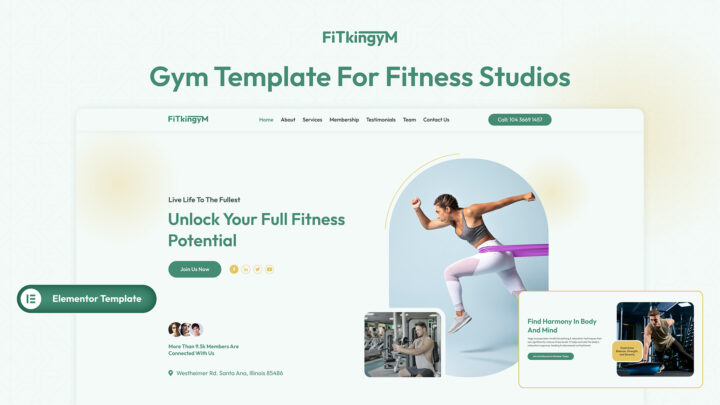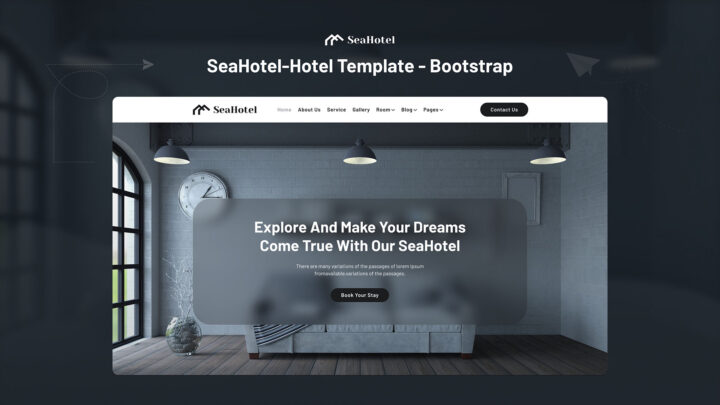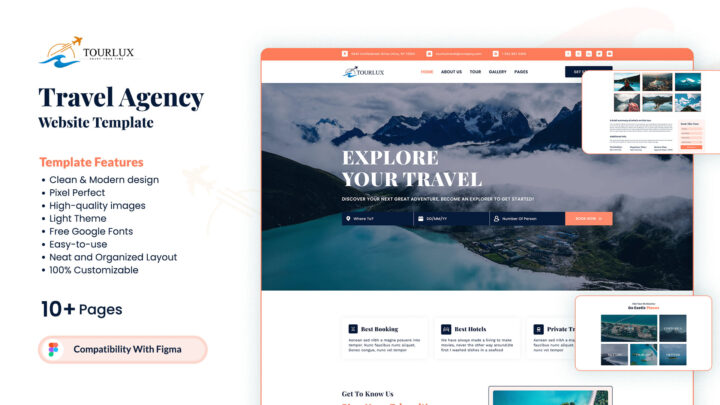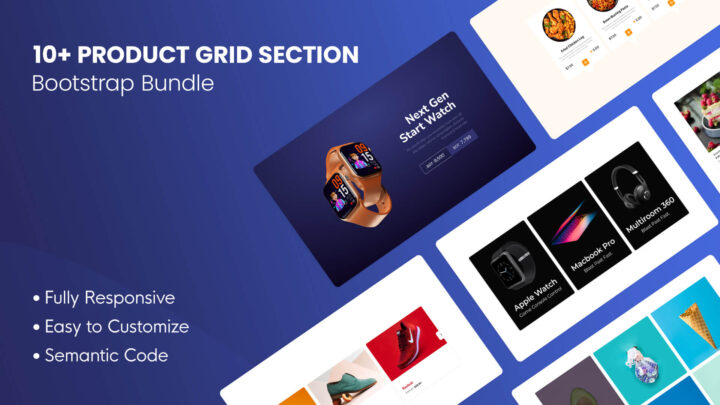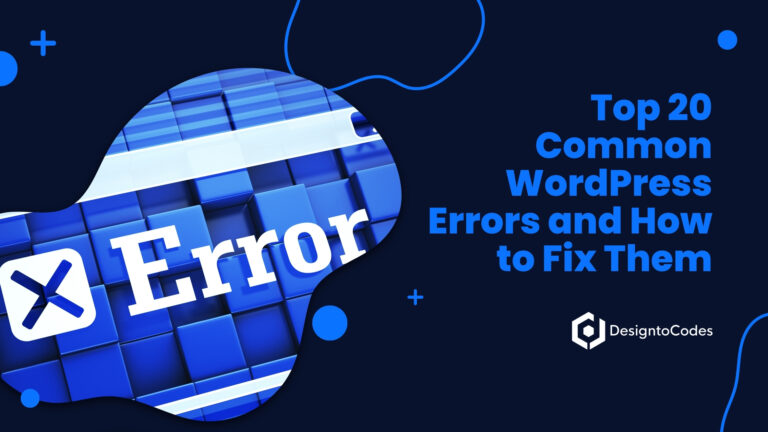
The Psychology of Web Design: How to Make Your Website More Engaging
In today’s digital landscape, a website is often the first interaction a potential customer has with your brand. To stand out in a crowded online space, your website must not only look appealing but also engage users effectively. The secret to achieving this lies in the psychology of web design—using principles from cognitive and behavioral psychology to create intuitive, user-friendly, and emotionally resonant experiences. By understanding how users think, perceive, and behave, you can design websites that guide visitors seamlessly toward desired actions, whether that’s making a purchase, signing up for a newsletter, or exploring more content.
This comprehensive guide explores eight key psychological principles that can transform your website into a powerful tool for engagement. From organizing content with a visual hierarchy to evoking emotions through color choices, these principles will help you create a website that captivates and converts visitors. Whether you’re a seasoned designer or a business owner using DesignToCodes’ templates, these insights will empower you to craft a user-centric experience that drives results.
1. Visual Hierarchy: Guiding Users’ Attention
Visual hierarchy is the art of arranging elements on a webpage to prioritize and guide users’ attention to the most critical content first. It leverages the human brain’s natural tendency to seek order, ensuring users can quickly find what they need.
Understanding Visual Hierarchy
Visual hierarchy utilizes design elements such as Size, color, contrast, and positioning to create a clear path for users’ eyes. For instance, larger text or brighter colors naturally draw attention, while smaller, muted elements recede into the background. This principle enables users to process information efficiently, thereby reducing confusion and enhancing usability.
Why It Matters
A strong visual hierarchy improves user experience by making navigation intuitive. It directs users to key information or actions, such as a “Buy Now” button, increasing the likelihood of conversions. Without a clear hierarchy, users may feel overwhelmed, leading to higher bounce rates.
How to Implement Visual Hierarchy
- Use Size Strategically: Make headlines and key buttons larger to draw attention. For example, a bold headline grabs focus before a smaller subtext.
- Leverage Color and Contrast: Use contrasting colors to highlight calls to action (CTAs). A bright red button on a white background stands out instantly.
- Position Key Elements Prominently: Place critical content at the top or center of the page, where users naturally look first.
- Incorporate Whitespace: Use whitespace to separate sections and emphasize essential elements, giving them room to breathe.
- Vary Typography: Use different font weights and styles to distinguish headings, subheadings, and body text.
Real-World Examples
- Apple’s Website: Apple utilizes large, high-resolution images and bold headlines to showcase its new products, with ample whitespace that focuses attention on key features.
- Amazon’s Homepage: Amazon highlights deals and recommendations with larger images and prominent placement, guiding users to relevant sections.
- Google’s Search Page: Google’s minimalist design centers the search bar within the surrounding whitespace, ensuring it remains the focal point.
By applying visual hierarchy, you can create a seamless flow that guides users effortlessly through your website, enhancing engagement and usability.
2. Simplicity and Hick’s Law: Streamlining Choices
Simplicity in web design reduces complexity, making it easier for users to navigate and make decisions. Hick’s Law, a key psychological principle, supports this by stating that the time it takes to make a decision increases with the number of choices available.
What is Hick’s Law?
Named after psychologists William Edmund Hick and Ray Hyman, Hick’s Law explains that too many options can lead to decision paralysis, where users feel overwhelmed and abandon tasks. In web design, this means limiting choices to streamline the decision-making process.
Why Simplicity Matters
A simple design with fewer options reduces cognitive effort, making it easier for users to act. This can lead to higher conversion rates, as users are more likely to complete tasks like signing up or purchasing when choices are clear and limited.
How to Apply Simplicity
- Limit Navigation Options: Keep menus concise, grouping related items under submenus to avoid overwhelming users.
- Simplify Forms: Ask only for essential information in forms. Use progressive disclosure to reveal additional fields only when necessary.
- Implement Filters: For e-commerce sites, provide filters to narrow down product choices, reducing decision time.
- Clear CTAs: Use straightforward, prominent CTAs to guide users toward the next step without confusion.
Real-World Examples
- Google’s Homepage: Google’s minimalist homepage features a single search bar and a few buttons, making it easy for users to initiate a search.
- Dropbox’s Sign-Up Page: Dropbox requests minimal information during sign-up, thereby reducing barriers to entry.
- ASOS’s Product Filters: Fashion retailer ASOS uses advanced filters to help users quickly find products by price, Size, or style, minimizing choice overload.
By embracing simplicity and Hick’s Law, you can create a website that facilitates quick decisions, enhancing user satisfaction and engagement.
3. Color Psychology: Evoking Emotions
Colors play a decisive role in shaping user emotions and behaviors. By strategically choosing colors, you can align your website with your brand’s message and encourage specific actions.
Understanding Color Psychology
Color psychology examines how colors affect human emotions and decision-making. For example, blue conveys trust, while red creates a sense of urgency. These associations can be used to evoke desired feelings and guide user behavior.
Common Color Associations
|
Color |
Emotion/Association |
Common Use Case |
|---|---|---|
|
Blue |
Trust, calmness, professionalism |
Banks, tech companies |
|
Red |
Excitement, urgency, passion |
Sales, CTAs |
|
Green |
Growth, health, environment |
Eco-friendly, health-related sites |
|
Yellow |
Optimism, clarity, warmth |
Attention-grabbing elements |
|
Purple |
Luxury, creativity, wisdom |
Premium brands |
|
Orange |
Energy, enthusiasm, fun |
CTAs, friendly brands |
How to Choose Colors
- Align with Brand Identity: Select colors that reflect your brand’s personality, such as green for eco-conscious brands.
- Consider Your Audience: Younger audiences may prefer vibrant colors, while older users might favor subdued tones.
- Highlight CTAs: Use contrasting colors for buttons to make them stand out, like a red “Buy Now” button on a neutral background.
- Maintain Consistency: Use a cohesive color scheme across your website to create a unified experience.
Real-World Examples
- Facebook: Uses blue to convey trust and reliability, which is essential for a social platform.
- McDonald’s: Utilizes red and yellow to stimulate appetite and create a sense of urgency, encouraging quick purchases.
- Whole Foods: Uses green to emphasize its commitment to natural and organic products.
By leveraging color psychology, you can create a website that resonates emotionally, driving engagement and conversions.
4. Cognitive Load: Simplifying User Experience
Cognitive load refers to the mental effort required to process information on a website. Minimizing cognitive load ensures users can navigate and understand your site with ease.
What is Cognitive Load?
Cognitive load refers to the amount of mental resources required to complete a task. High cognitive load can overwhelm users, leading to frustration and abandonment. In web design, the goal is to reduce extraneous cognitive load (caused by poor design) to free up resources for understanding content.
Types of Cognitive Load
- Intrinsic Load: The inherent complexity of the content or task.
- Extraneous Load: Unnecessary mental effort caused by cluttered or confusing design.
- Germane Load: Effort used to process and understand information, which is beneficial.
Strategies to Minimize Cognitive Load
- Simplify Navigation: Use intuitive menus with minimal clicks to reach content.
- Chunk Information: Break content into small, digestible sections with headings and bullet points.
- Use Familiar Patterns: Adhere to design conventions, such as placing the logo in the top left corner.
- Remove Unnecessary Elements: Eliminate distractions that don’t contribute to user goals.
- Provide Clear Instructions: Offer concise guidance for tasks like form completion.
Real-World Examples
- Medium’s Article Layout: Medium employs a clean design with ample whitespace, allowing readers to focus on the content.
- Airbnb’s Search Interface: Airbnb’s search function is straightforward, with clear fields for location and dates.
- Slack’s Onboarding: Slack introduces features gradually, reducing overwhelm for new users.
By minimizing cognitive load, you can create a website that feels effortless to use, boosting engagement and retention.
5. Gestalt Principles: Organizing Content Intuitively
Gestalt principles describe how humans perceive and organize visual information, making them essential for creating intuitive and visually appealing web designs.
What are Gestalt Principles?
Gestalt, meaning “unified whole” in German, explains how people group similar elements, recognize patterns, and simplify complex visuals. Key principles include proximity, similarity, closure, continuity, and figure-ground.
Key Gestalt Principles
- Proximity: Elements close together are perceived as related.
- Similarity: Elements with similar characteristics (color, shape) are seen as part of the same group.
- Closure: The mind fills in missing parts to perceive a complete shape.
- Continuity: The eye follows paths or lines, guiding attention.
- Figure-Ground: Users distinguish objects from their background.
How to Apply Gestalt Principles
- Group Related Items: Place navigation links or form fields close together to indicate their connection.
- Use Consistent Styles: Apply similar colors or shapes to related elements, like buttons with the same function.
- Guide the Eye: Use alignment or lines to lead users through content logically.
- Highlight Key Elements: Ensure CTAs stand out from the background for clarity.
Real-World Examples
- Twitter’s Feed: Tweets are separated by space, using proximity to distinguish individual posts.
- Pinterest’s Grid: Pins are organized in a grid with similar sizes, creating a cohesive look via similarity.
- WWF’s Logo: The panda logo uses closure, as the mind completes the incomplete image.
By applying Gestalt principles, you can create a website that feels organized and intuitive, enhancing user navigation.
6. Fitts’s Law: Enhancing Interaction Efficiency
Fitts’s Law predicts the time required to move to a target, such as a button, based on its Size and distance. It’s crucial for designing user-friendly interactive elements.
What is Fitts’s Law?
Fitts’s Law states that larger and closer targets are easier and faster to interact with. In web design, this means optimizing the Size and placement of buttons and links to reduce effort.
Why It Matters
By making interactive elements easy to access, you enhance usability and reduce user frustration, resulting in higher engagement and improved task completion rates.
How to Apply Fitts’s Law
- Enlarge Key Buttons: Make frequently used buttons, like “Submit,” large and easy to click.
- Place Elements Strategically: Position CTAs near where users are likely to focus, such as near form fields.
- Use Edge Placement: Place buttons at screen edges or corners for easier access.
- Minimize Distance: Reduce the distance between related actions to speed up interactions.
Real-World Examples
- Mobile App Icons: Smartphone app icons are large and spaced for easy tapping.
- E-commerce Sites: “Add to Cart” buttons are large and placed near product images for quick access.
- Desktop Menus: Operating system menus located at the screen edges are easily accessible with a mouse.
By applying Fitts’s Law, you can design interfaces that are efficient and user-friendly, encouraging interaction.
7. Emotional Design: Building Connections
Emotional design focuses on creating experiences that evoke positive emotions, fostering engagement and loyalty.
What is Emotional Design?
Emotional design involves using visuals, content, and interactions to connect with users on an emotional level. It aims to make websites not just functional but delightful.
Why It Matters
Positive emotional experiences increase user retention, encourage sharing, and differentiate your brand in a competitive market.
How to Implement Emotional Design
- Use Engaging Visuals: Incorporate high-quality images or videos that evoke desired emotions.
- Choose Expressive Typography: Select fonts that match your brand’s personality, like playful fonts for fun brands.
- Add Microinteractions: Utilize subtle animations, such as button hover effects, to delight users.
- Tell Stories: Utilize storytelling in your content to foster personal connections.
- Personalize Content: Tailor recommendations to user behavior, making them feel valued.
Real-World Examples
- Mailchimp’s Mascot: Mailchimp’s friendly mascot and playful tone create a welcoming experience.
- Airbnb’s Photography: Airbnb’s stunning images of destinations evoke a sense of wanderlust.
- Duolingo’s Gamification: Duolingo utilizes rewards and streaks to make learning an enjoyable experience.
By focusing on emotional design, you can create a website that resonates deeply with users, encouraging loyalty.
8. Minimalism: Focusing on Essentials
Minimalism in web design emphasizes simplicity, using only essential elements to create a clean and practical user experience.
What is Minimalism?
Minimalism involves using limited colors, simple layouts, and ample whitespace to focus on core content and functionality. It prioritizes clarity over decoration.
Why It’s Effective
Minimalistic designs reduce visual clutter, improve load times, and enhance usability across devices, making it easier for users to focus on what matters.
How to Achieve Minimalism
- Restrict Color Palettes: Use one or two primary colors with neutral tones.
- Embrace Whitespace: Use space to highlight key content and reduce distractions.
- Simplify Navigation: Keep menus short and intuitive.
- Focus on Content: Let content drive the design, avoiding unnecessary embellishments.
- Use Clean Typography: Choose readable, simple fonts.
Real-World Examples
- Medium: Medium’s clean design focuses on text with minimal distractions.
- Apple: Apple’s website uses minimalism to highlight products with concise text and large images.
- Google: Google’s search page is a classic example of minimalism, with just a logo and search bar.
By adopting a minimalist approach, you can create a website that is both aesthetically pleasing and highly functional.
Conclusion
By integrating these psychological principles—visual hierarchy, simplicity, color psychology, cognitive load, Gestalt principles, Fitts’s Law, emotional design, and minimalism—you can create a website that not only attracts visitors but also keeps them engaged. These principles work together to make your site intuitive, emotionally resonant, and user-friendly, ultimately driving conversions and loyalty. Start applying these techniques to your DesignToCodes templates today to craft a website that genuinely connects with your audience.
- Categories: Reading
Recent Posts
Recent Products
Share This Post
Subscribe To Our Newsletter
Get More Update and Stay Connected with Us



